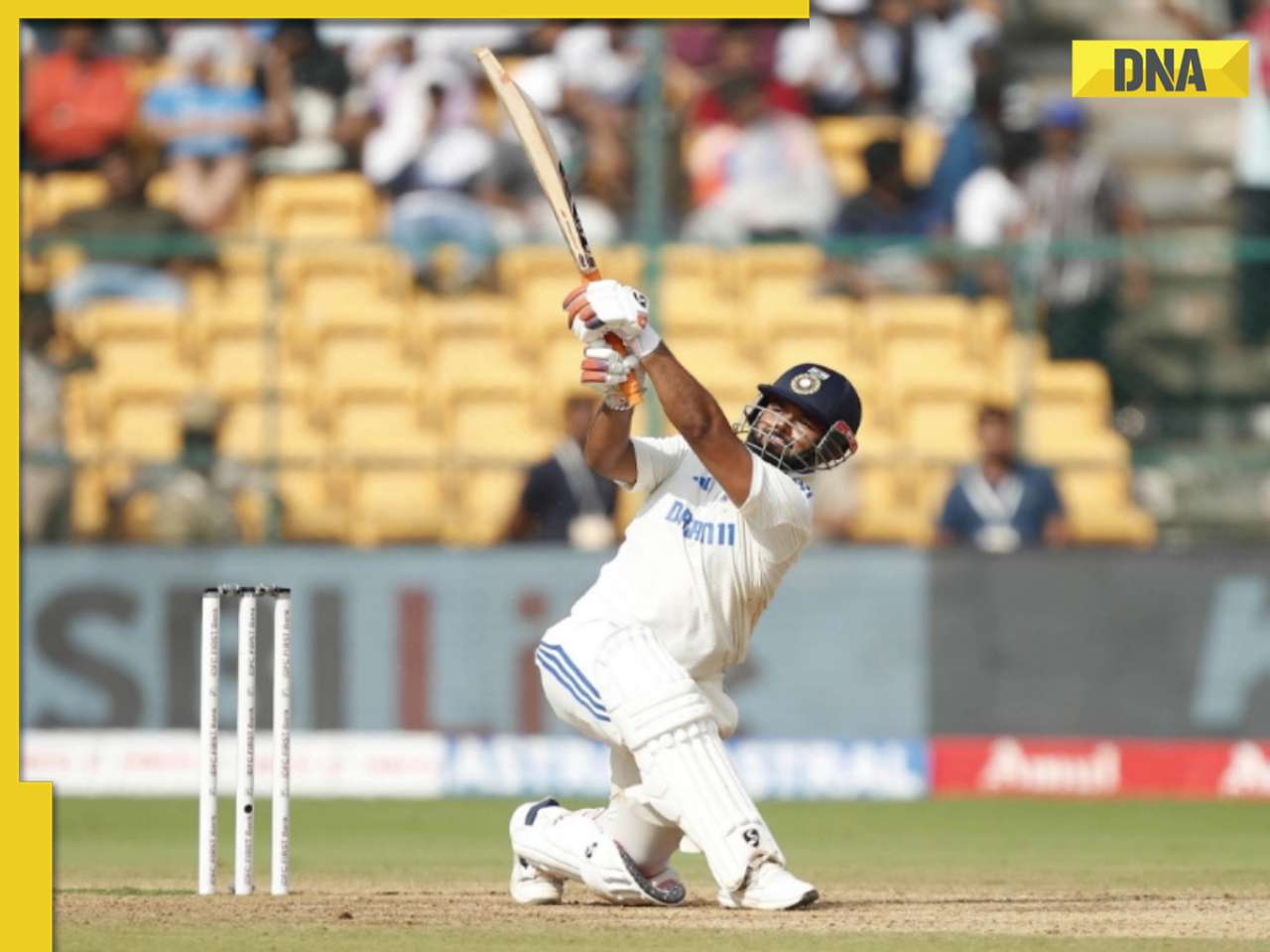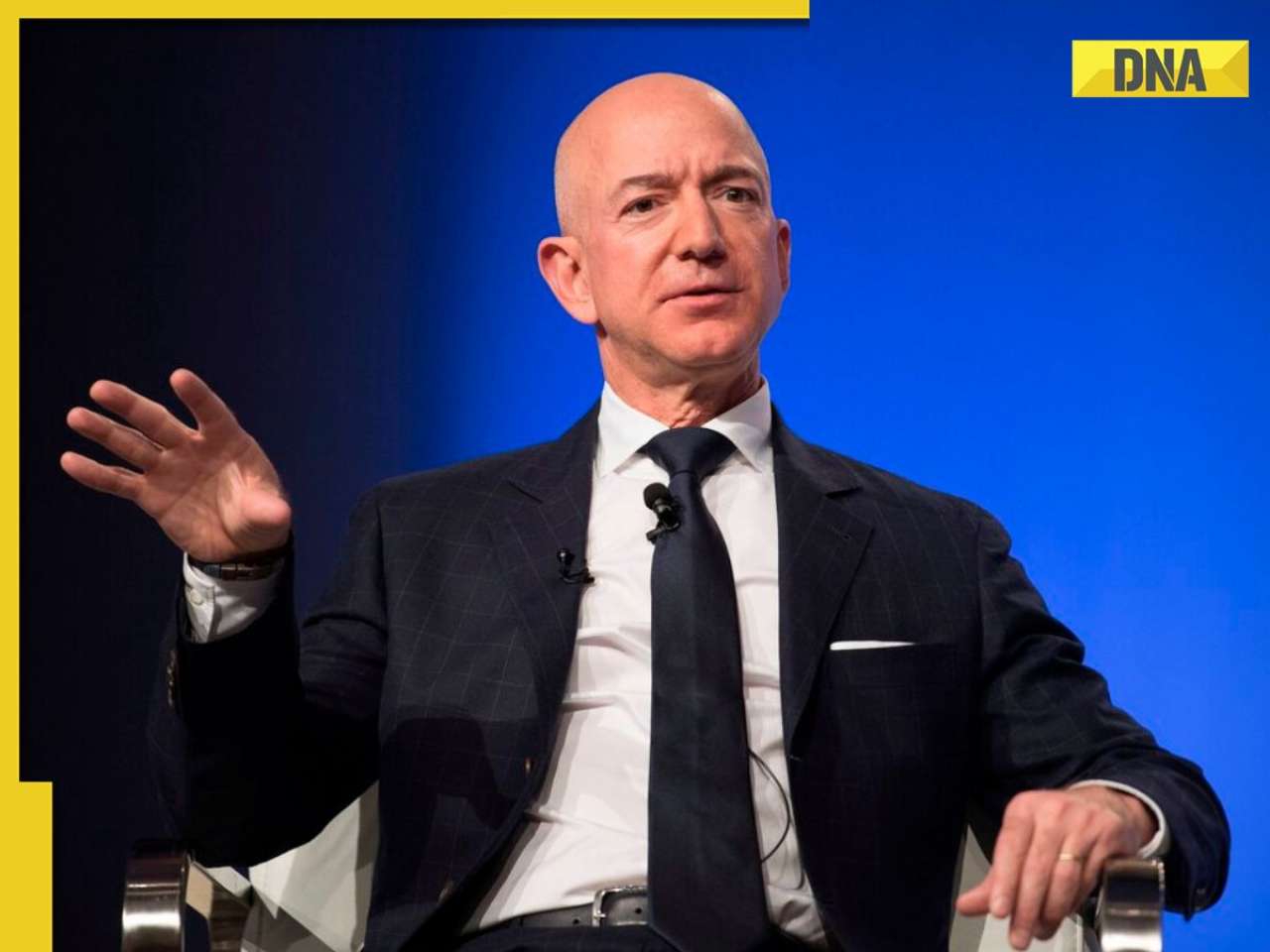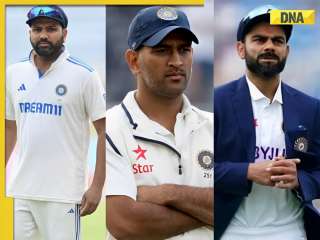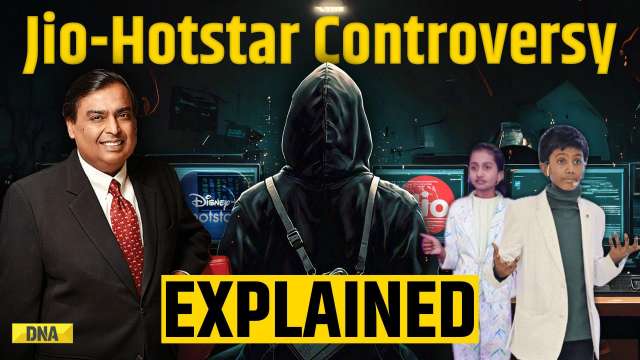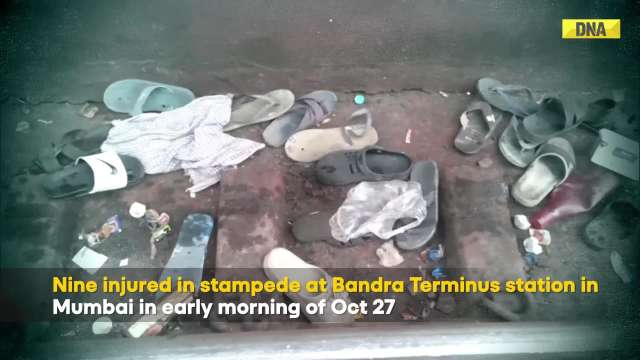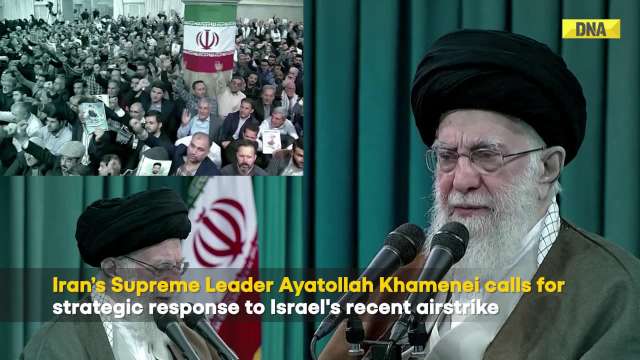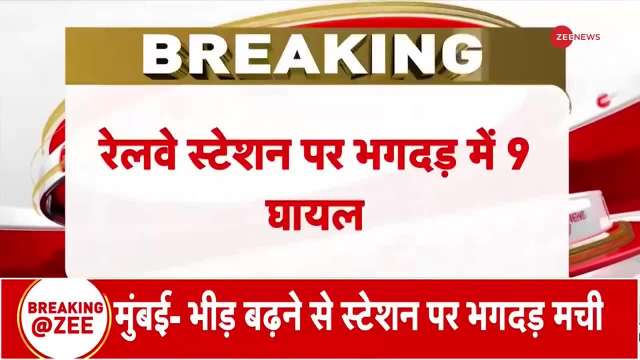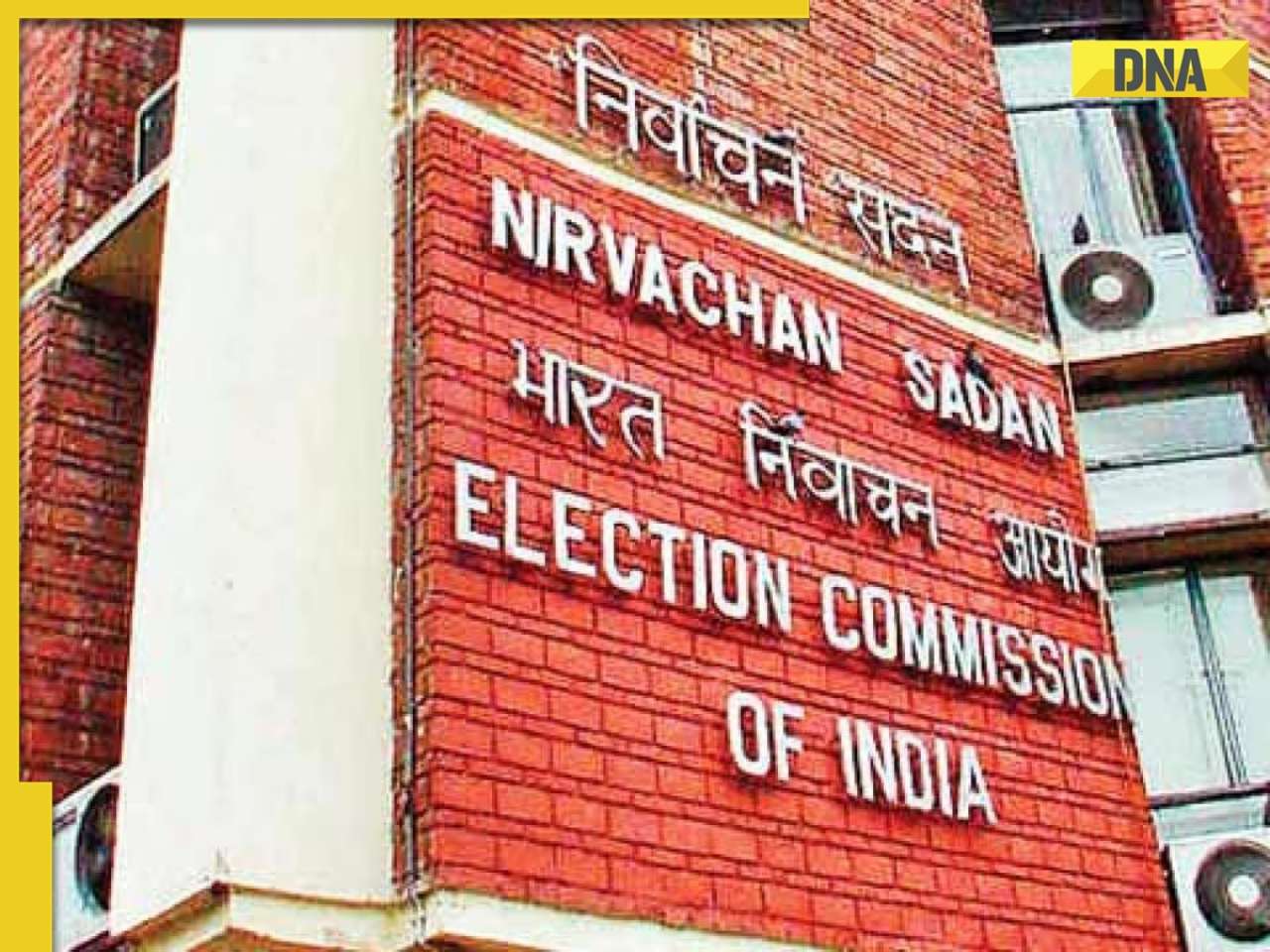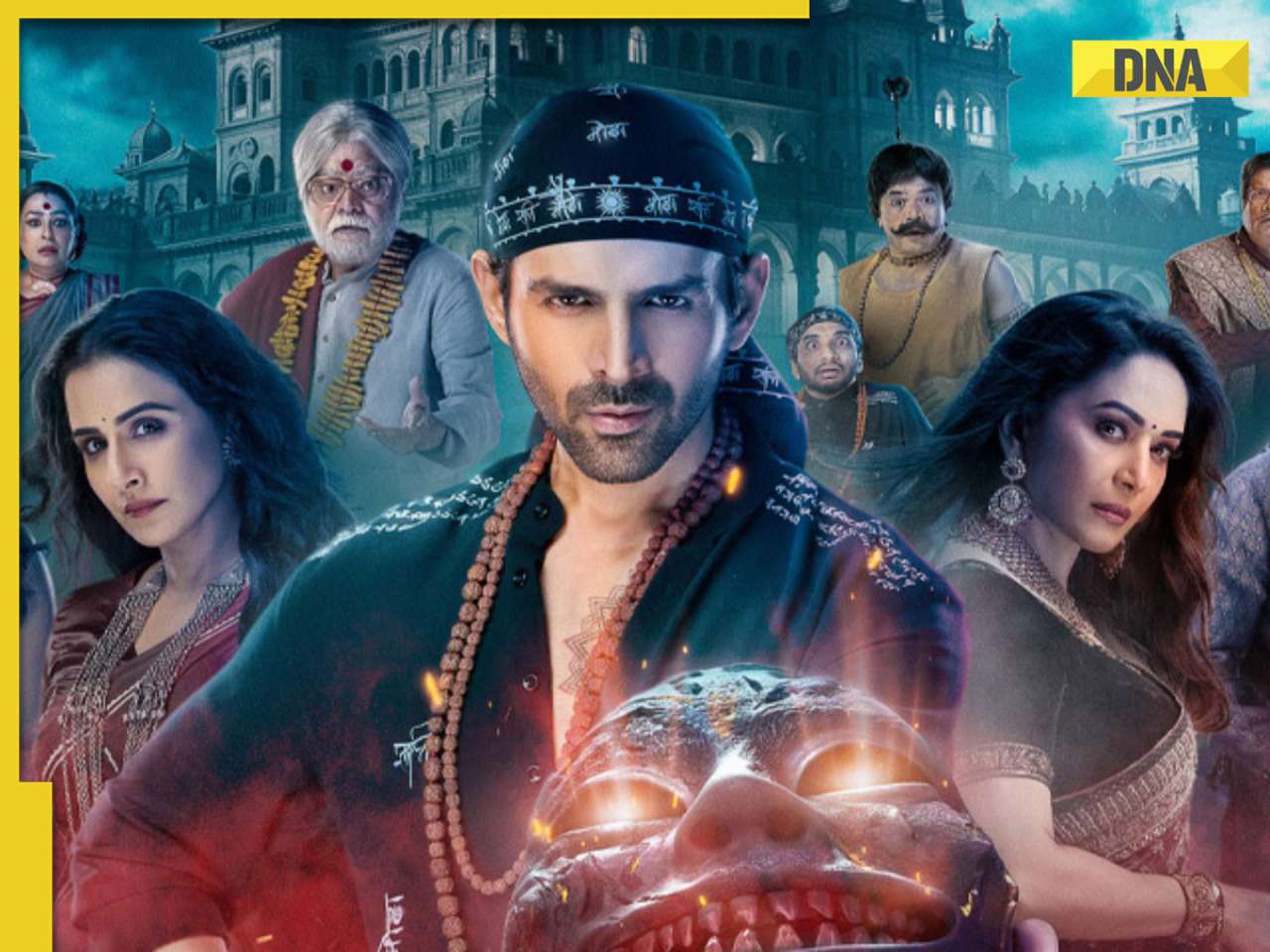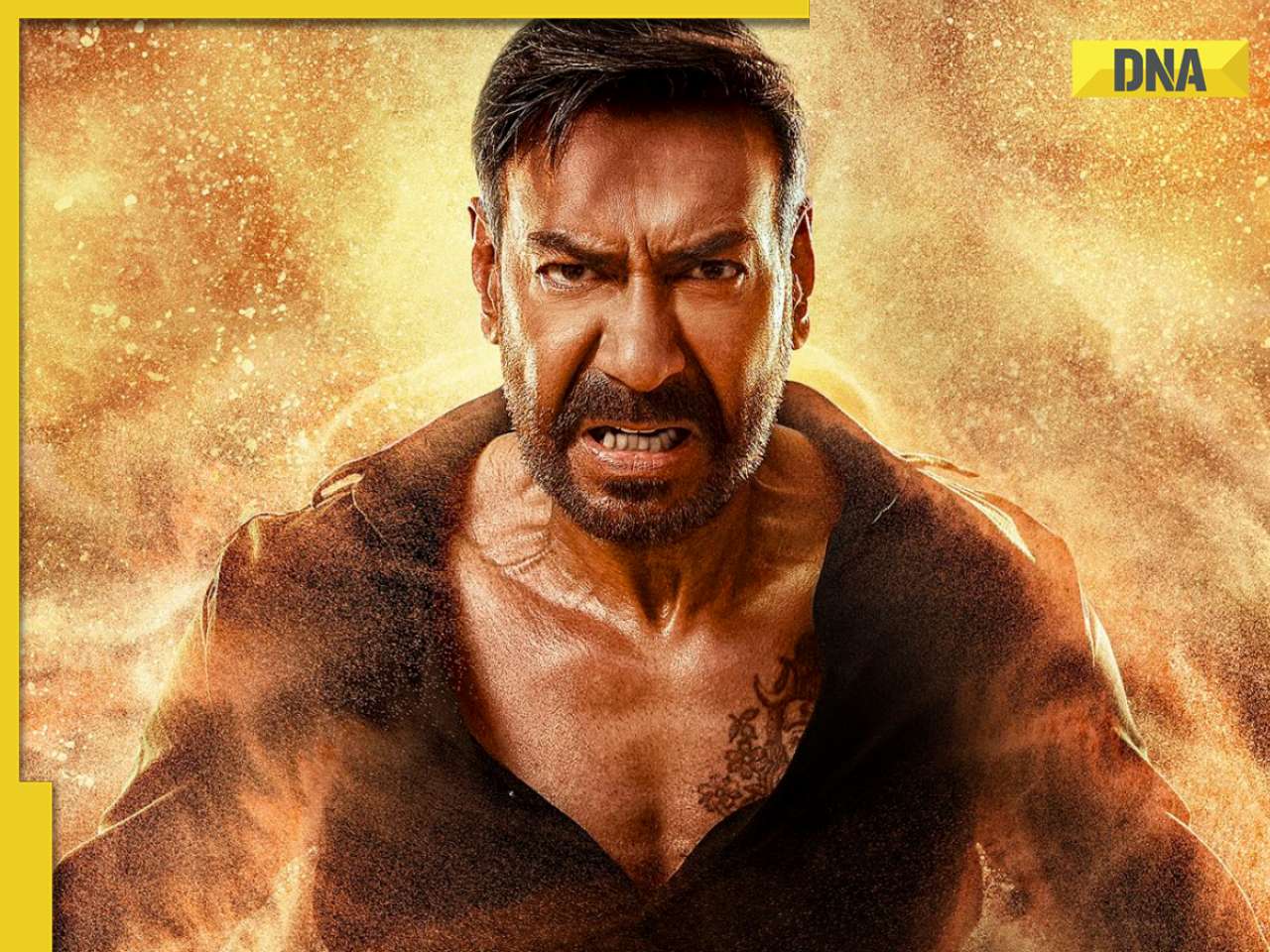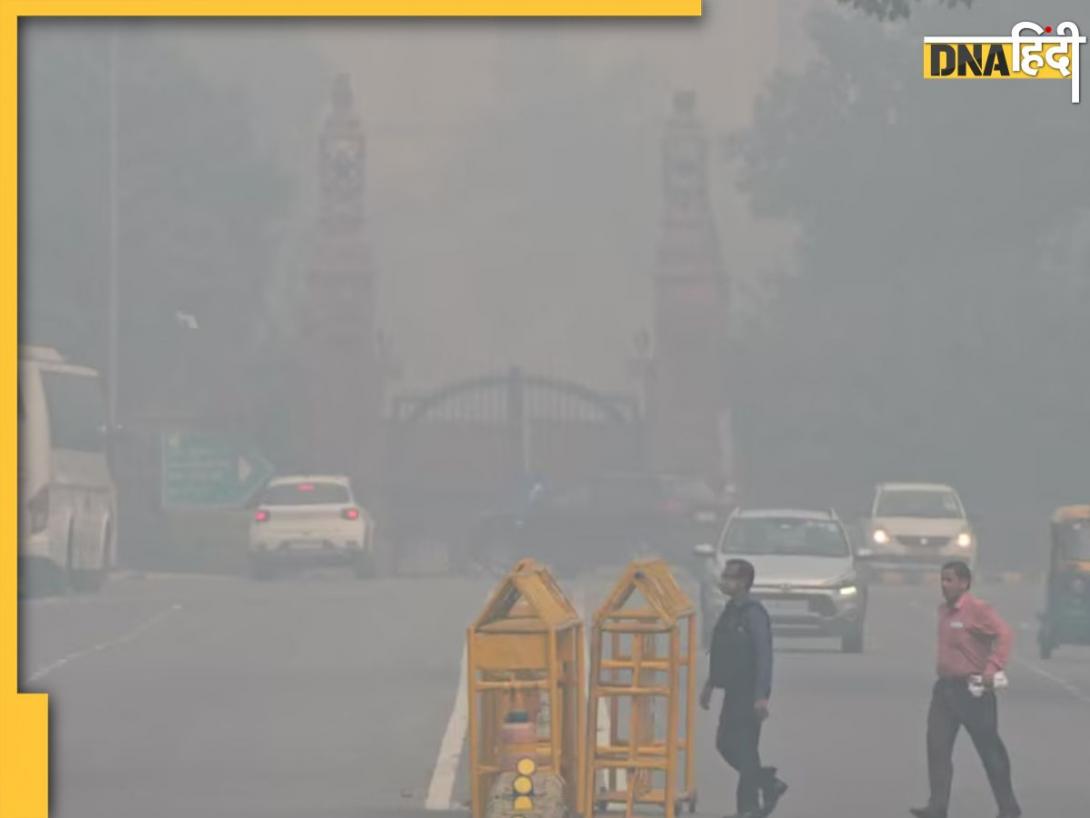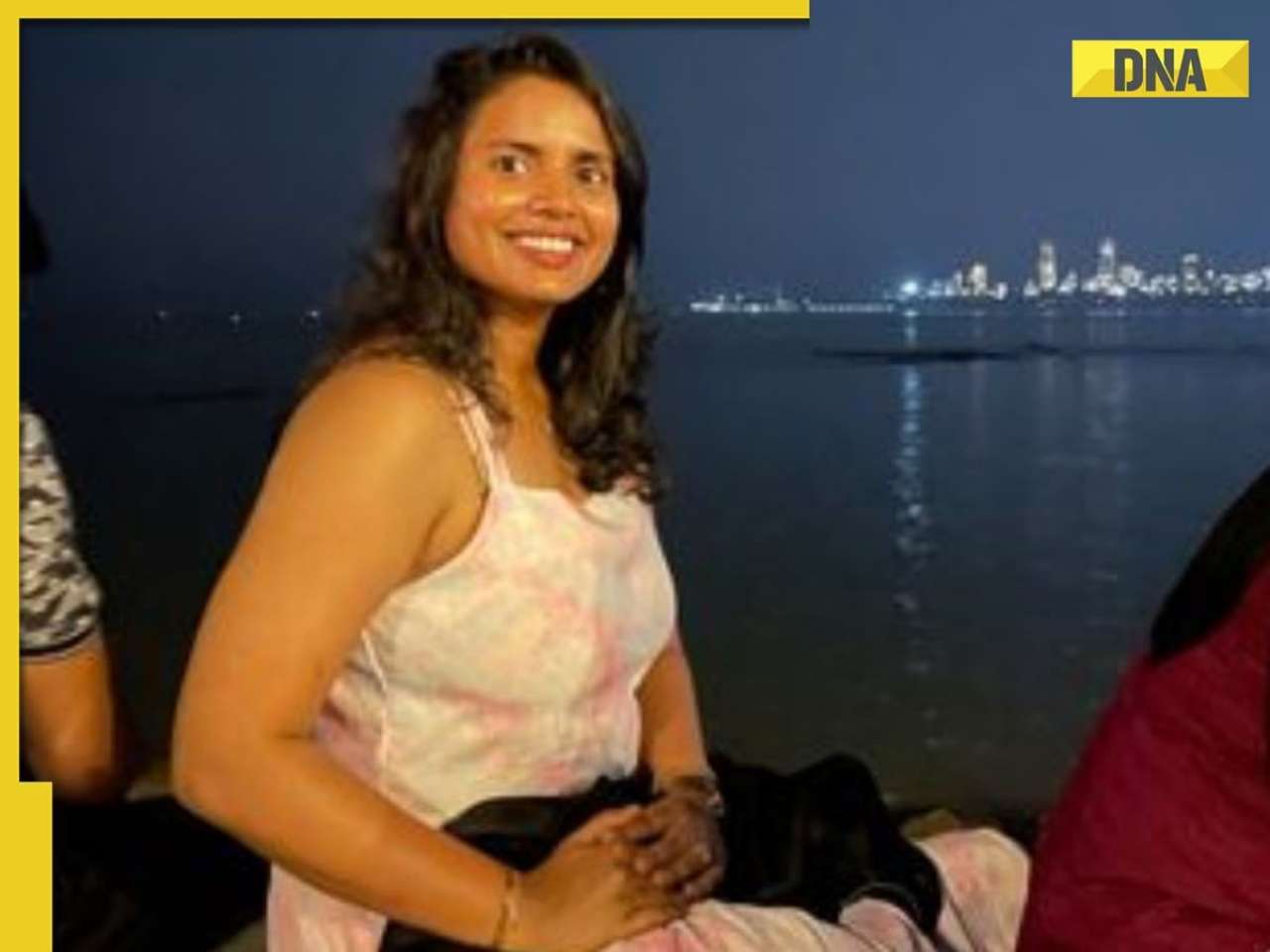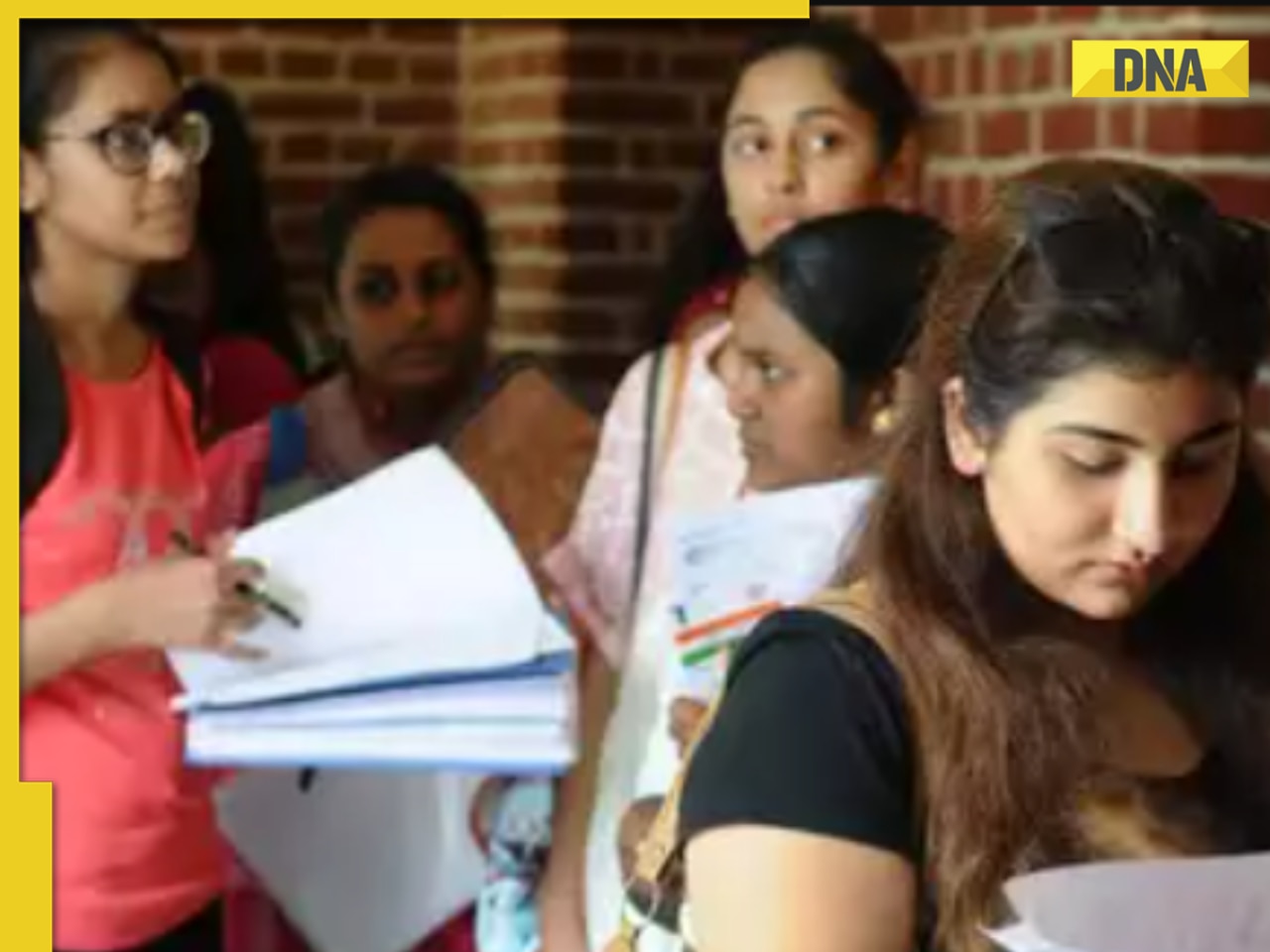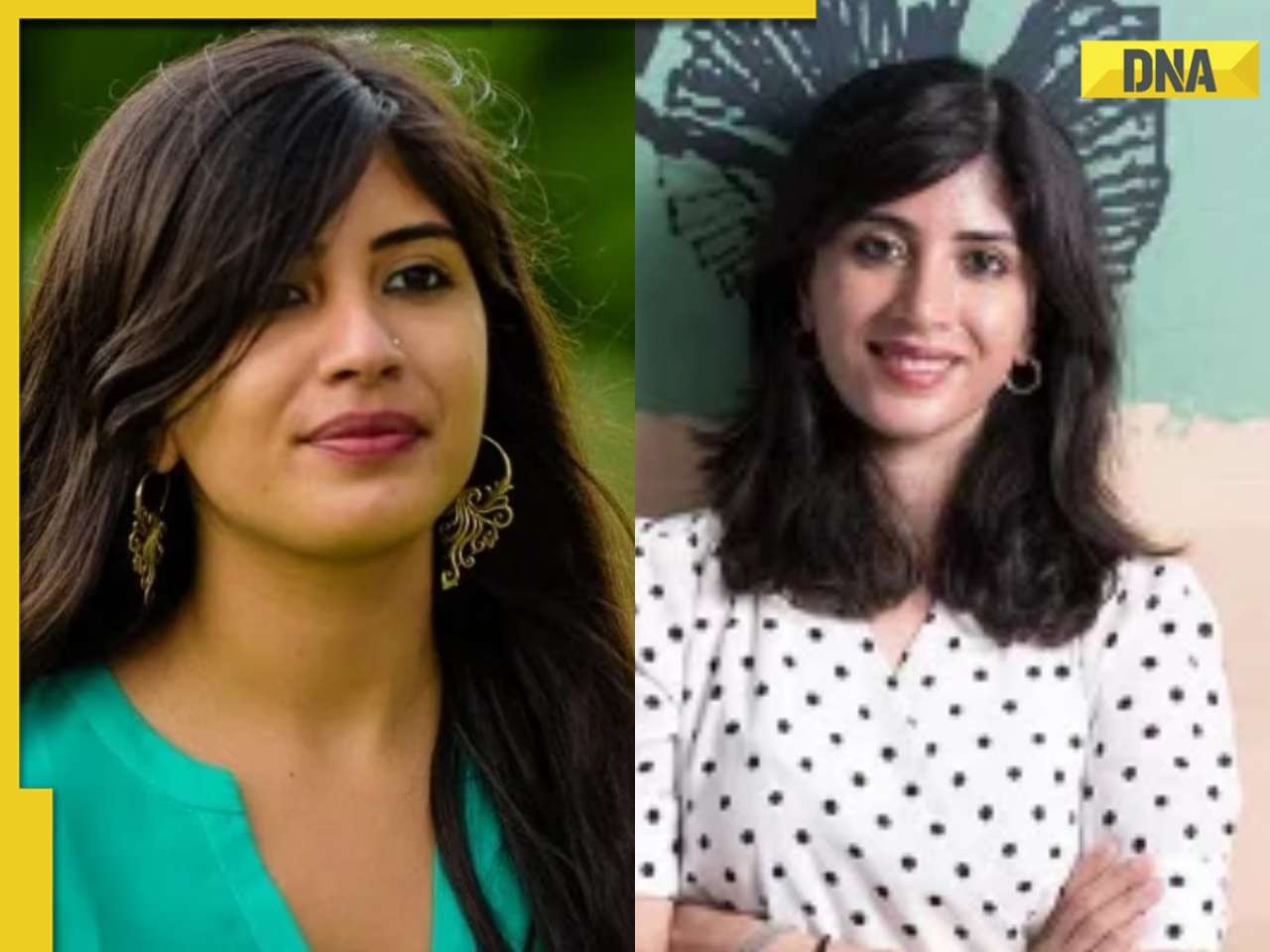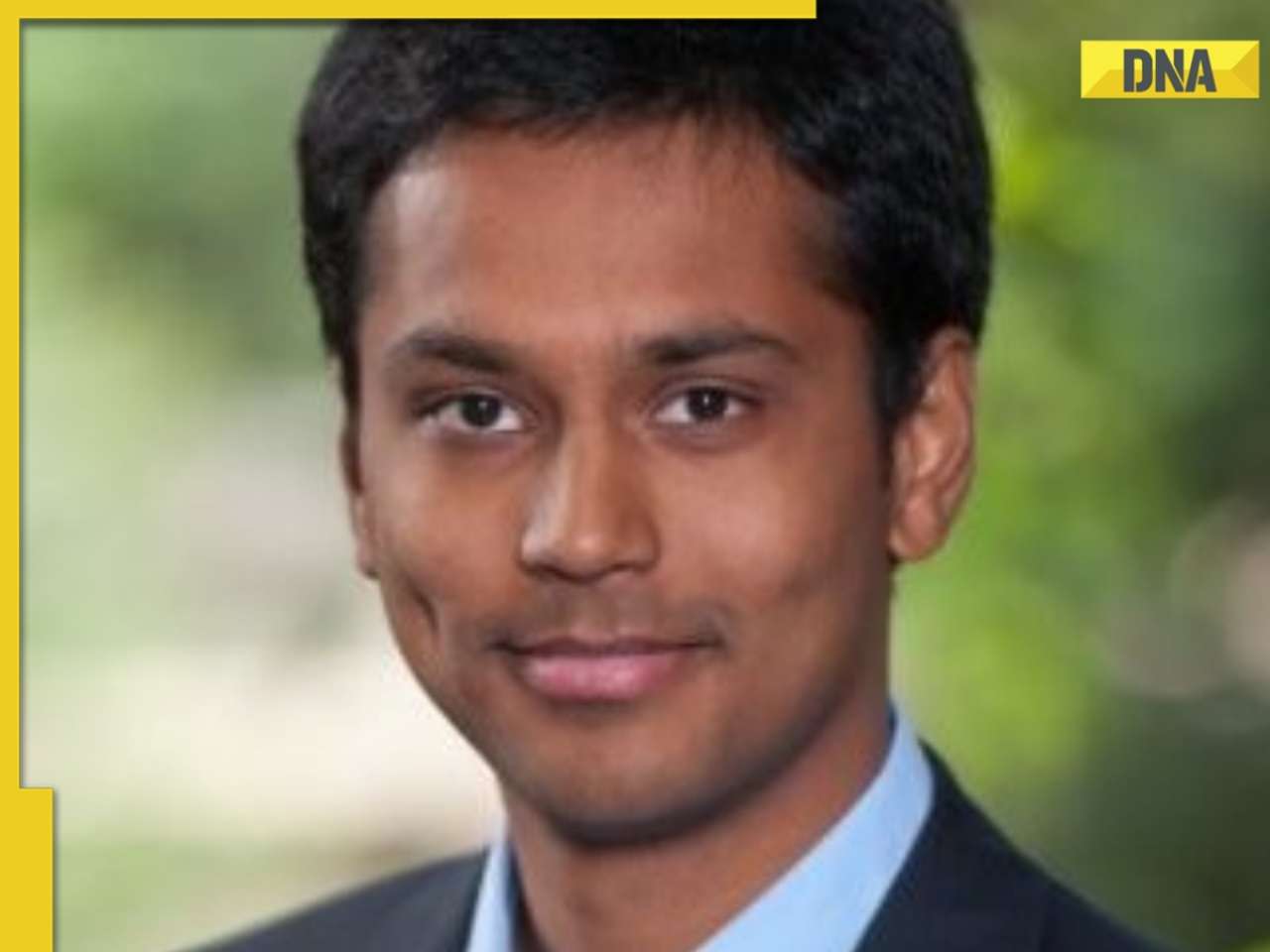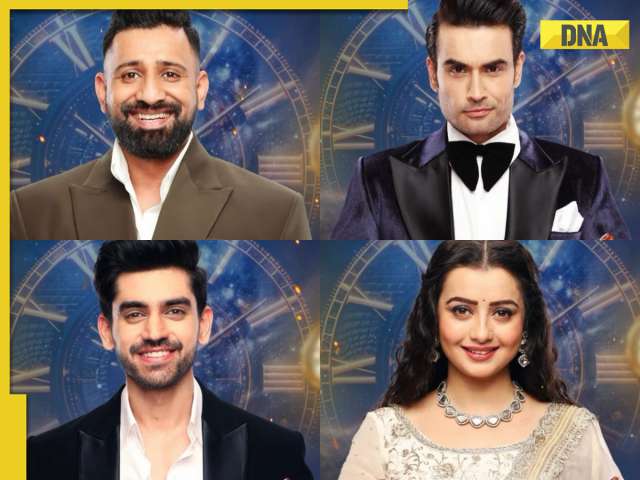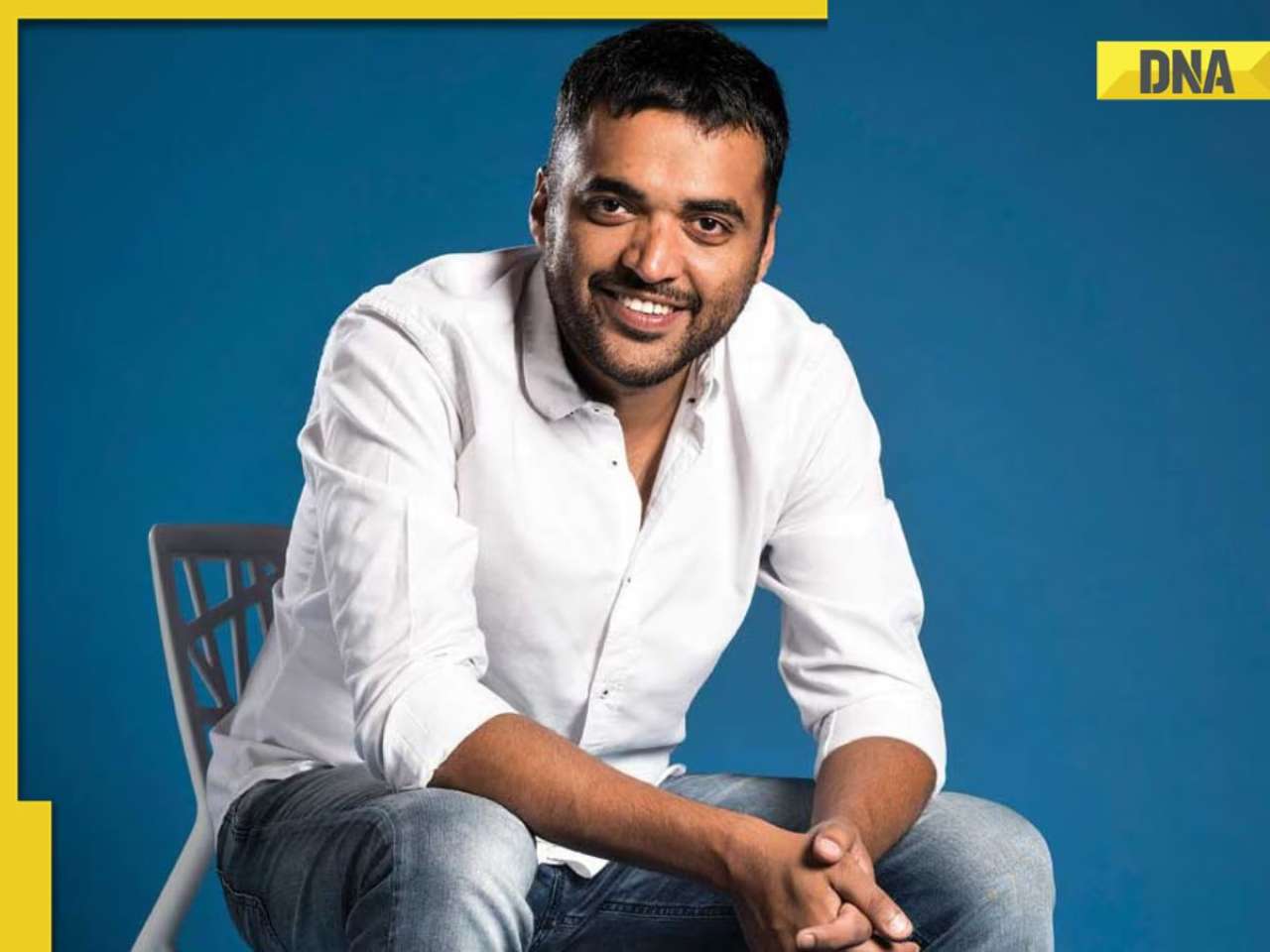- LATEST
- WEBSTORY
- TRENDING
EDUCATION
One year to Chandrayaan 3: Know about education qualifications of scientists behind successful mission
The precise and creative voyage made by Chandrayaan-3 to the south polar region of the Moon was noteworthy. On August 5, 2023, following a month-long journey, the spacecraft reached lunar orbit.
TRENDING NOW
India's historic Chandrayaan-3 mission launch, which took place one year ago on July 14, is a significant occasion that elevated the country to the ranks of select nations capable of gentle landings on the Moon.
Setting the groundwork for a string of incredible accomplishments, the Indian Space Research Organisation (ISRO) successfully launched the mission on July 14, 2023, from the Satish Dhawan Space Centre in Sriharikota.
The precise and creative voyage made by Chandrayaan-3 to the south polar region of the Moon was noteworthy. On August 5, 2023, following a month-long journey, the spacecraft reached lunar orbit. The highlight of the mission occurred on August 23, when India became the first nation to accomplish a soft landing on the Moon, and the fourth overall, when the Vikram lander landed close to the lunar south pole.
The Pragyan rover was launched and set off to explore the lunar surface once the landing was successful. Pragyan travelled about 100 metres over the course of the following two weeks, carrying out a number of experiments and transmitting important data back to Earth.
Sulphur and other elements have been found in the lunar soil, among other important discoveries made by the rover that shed light on the makeup of the Moon. The discovery that water molecules exist on the lunar surface was one of the mission's most important findings. This discovery has far-reaching consequences for both possible human colonies on the Moon and future lunar exploration. Our knowledge of the Moon's geological past and the processes that produced its polar regions has also been aided by the data gathered by Chandrayaan-3. Beyond its scientific accomplishments, the mission was a huge success. With an estimated 70 million viewers in India alone, Chandrayaan-3 captivated the attention of millions of people worldwide upon its live debut.
Interest in STEM subjects and space exploration has increased nationwide as a result of the mission's inspiration of a new generation of scientists and engineers. In addition to advancing our understanding of the Moon, Chandrayaan-3 has shown how India's space exploration capabilities are developing. The foundation for upcoming lunar and interplanetary expeditions has been established by this mission. Plans are already in place for next missions, such as possible sample return flights and additional research into the lunar south pole, as India commemorates this historic achievement.
The accomplishment of Chandrayaan-3 has established India as a major participant in the international space community, providing opportunities for cross-border cooperation and solidifying its influence over the direction of space exploration. India's scientific prowess and dedication to pushing the frontiers of space research are validated by the Chandrayaan-3 project. In our continuous effort to comprehend the universe, the mission continues to inspire and open doors for new discoveries as we look back on the accomplishments of the previous year. Know about the education qualifications of the sciebtists behind the mission.
S. Somanath- The Secretary of the Department of Space and Chairperson of the Space Commission, S. Somanath, obtained his Mechanical Engineering BTech from TKM College of Engineering, Kollam, and his Aerospace Engineering Master's degree from Indian Institute of Science, Bangalore. With a gold medal, his areas of expertise were structures, dynamics, and control.
M Sankaran :A master's degree in physics in 1986 was obtained by M Sankaran, the director of the UR Rao Satellite Centre (URSC), from Bharathidasan University in Tiruchirappalli. He then joined what is now known as URSC, the ISRO Satellite Centre (ISAC).
Dr V Narayanan: Dr. V Narayanan, a rocket propulsion expert, is the Director of Liquid Propulsion Systems Centre (LPSC). He holds an MTech in Cryogenic Engineering and a PhD in Aerospace Engineering, and has received numerous awards and honorary degrees.
Dr S Unnikrishnan Nair :Dr. S Unnikrishnan Nair, Director of Vikram Sarabhai Space Centre and Indian Institute of Space Science and Technology, holds a BTech, ME, PhD, and MA in Mechanical Engineering.
P Veeramuthuvel:P Veeramuthuvel, Project Director of Chandrayaan 3, holds a PhD from IIT Madras and has completed his undergraduate and post-graduation education in Mechanical Engineering.
Kalpana Kalahasti: Kalpana Kalahasti, born in Bengaluru, Karnataka, was the deputy project director for the Chandrayaan-3 mission and holds an Aeronautical Engineering degree from IIT-Kharagpur and a B.Tech in Electronics and Communication from Madras University.
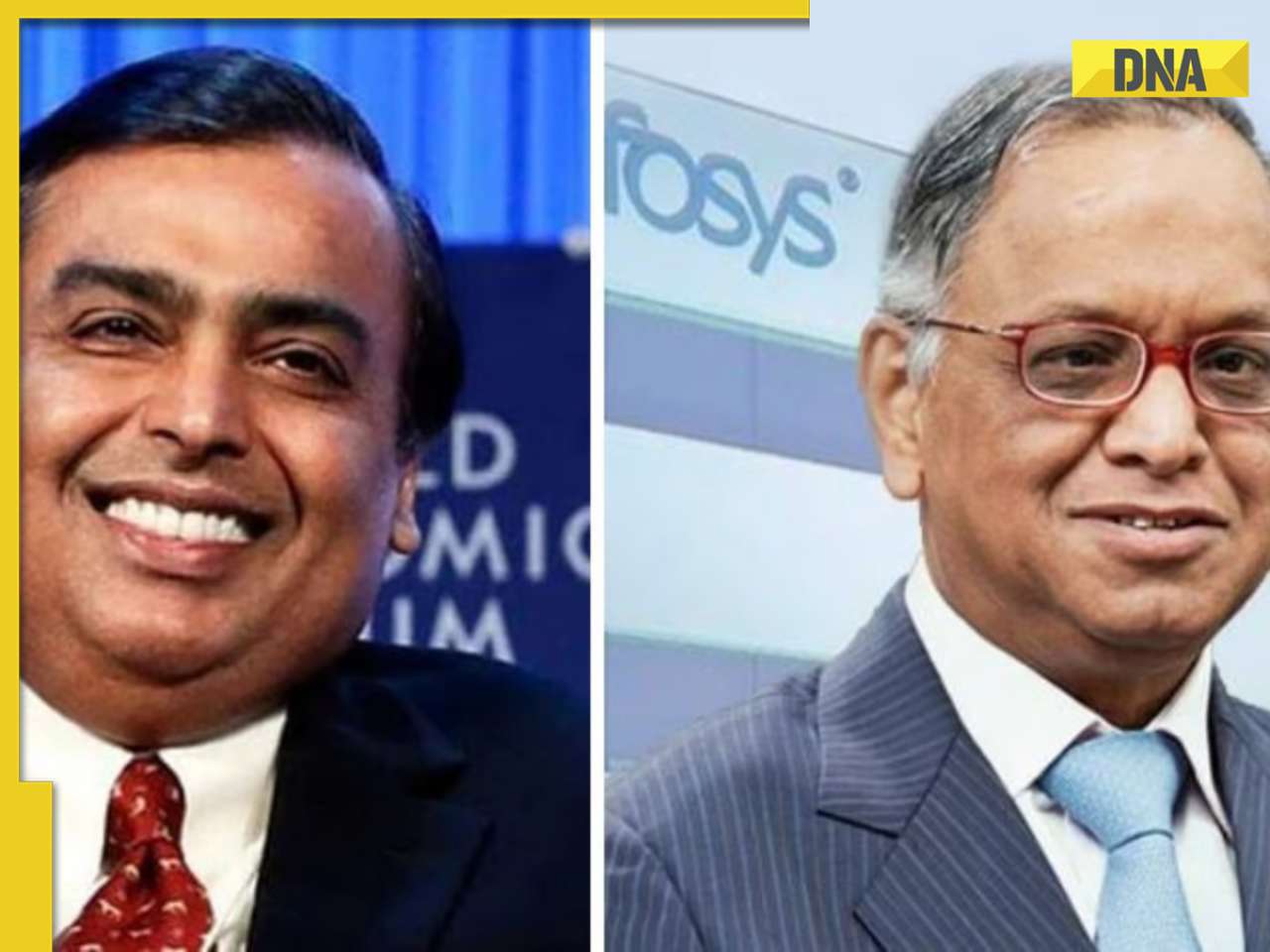






)
)
)
)
)
)
)
)
)
)
)
)
)
)
)
)






